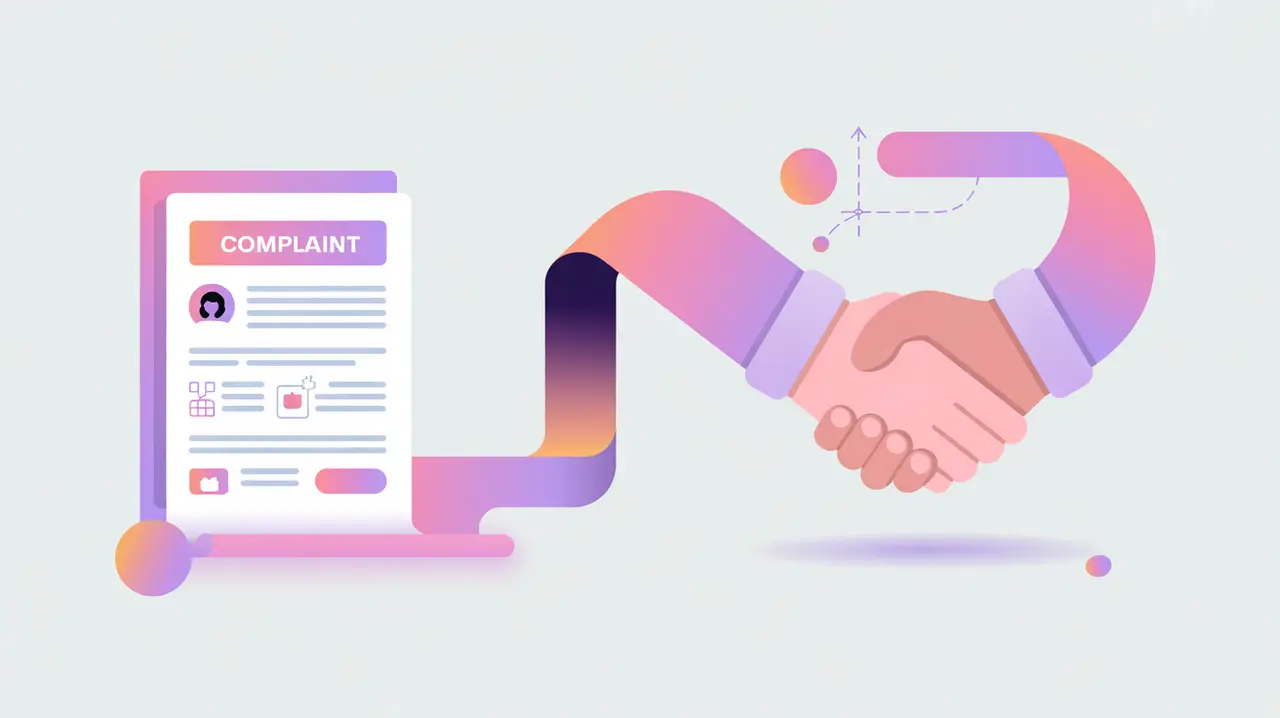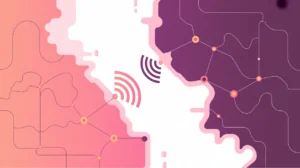Importance of Grievance and Redress Mechanisms
Grievance and Redress Mechanisms are processes that allow individuals and communities to raise concerns, challenge decisions, and seek remedies when harmed by AI systems or data practices. They provide channels for accountability, helping organizations respond to issues of bias, exclusion, misinformation, or misuse. Their importance today lies in ensuring that AI governance is not only about preventing harm but also about addressing it when it occurs.
For social innovation and international development, grievance and redress mechanisms matter because mission-driven organizations work directly with communities who may lack power in technology decision-making. Providing accessible ways to voice complaints and secure remedies helps uphold dignity, trust, and justice.
Definition and Key Features
Grievance mechanisms may take the form of hotlines, digital portals, ombuds services, or community-based committees. They are guided by principles of accessibility, transparency, timeliness, and fairness, often outlined in frameworks like the UN Guiding Principles on Business and Human Rights. Redress can include explanations, corrections, compensation, or structural changes.
They are not the same as customer support, which focuses on service satisfaction, nor are they equivalent to internal audits, which review compliance internally. Grievance and redress mechanisms center on giving individuals affected by technology a meaningful voice and remedy.
How this Works in Practice
In practice, a grievance mechanism for an AI-driven education platform might allow students or parents to contest unfair grading by algorithms. A health chatbot could provide pathways to report harmful or inaccurate advice. Humanitarian agencies deploying biometric ID systems may establish independent grievance offices to resolve cases of wrongful exclusion. Effective mechanisms involve independent review, clear communication, and culturally appropriate formats for engagement.
Challenges include ensuring mechanisms are accessible in low-resource or fragile contexts, preventing retaliation against complainants, and balancing individual cases with systemic reform. Organizations must also allocate resources to act on grievances, not just collect them.
Implications for Social Innovators
Grievance and redress mechanisms strengthen accountability across mission-driven sectors. Health initiatives can build trust by addressing patient complaints about AI diagnostic errors. Education programs can demonstrate fairness by resolving student appeals transparently. Humanitarian agencies can uphold dignity by giving displaced communities a say in how their data and identities are handled. Civil society groups often advocate for robust redress systems to ensure technology serves people, not the other way around.
By embedding grievance and redress mechanisms into AI governance, organizations create pathways for accountability, build trust, and ensure communities have recourse when harms occur.







